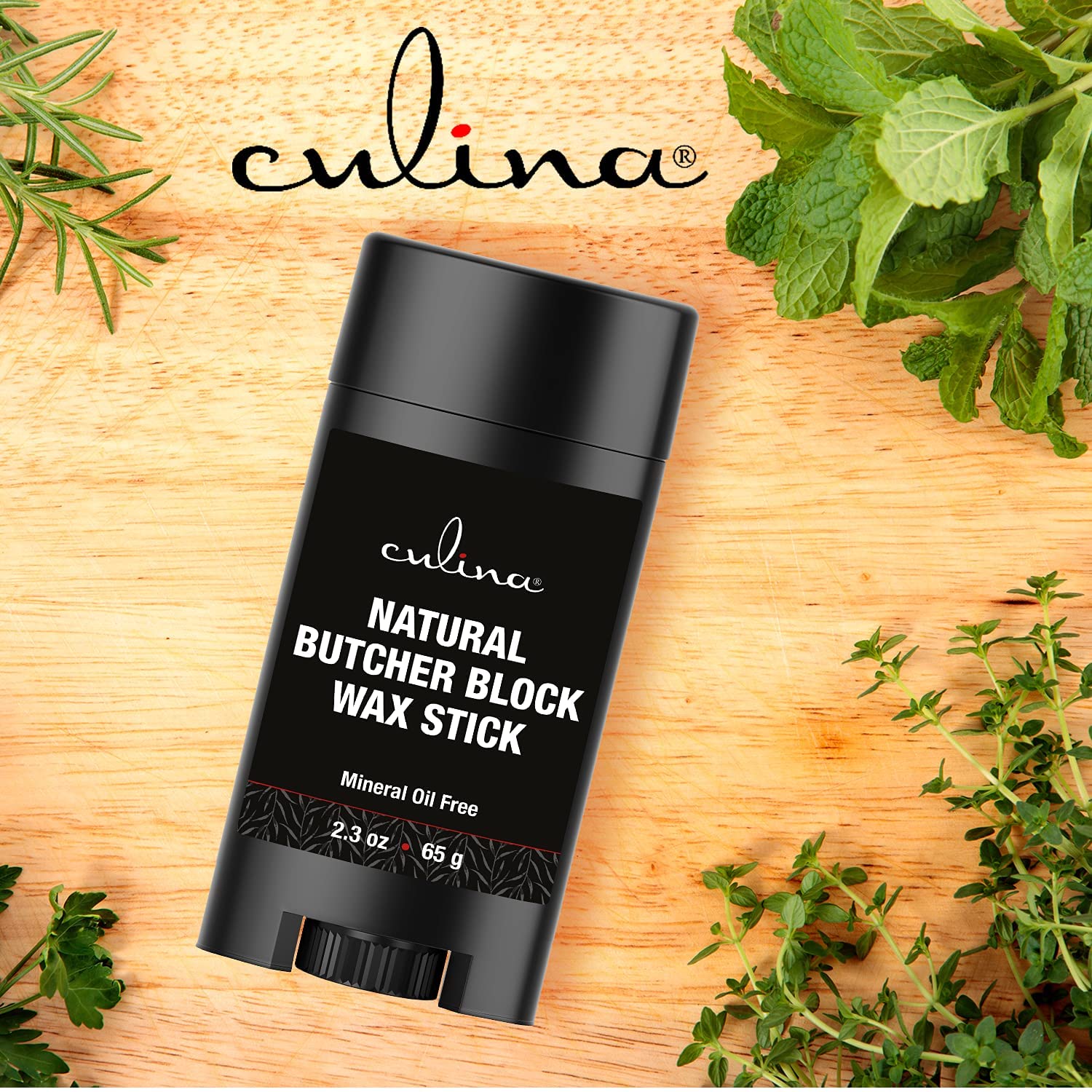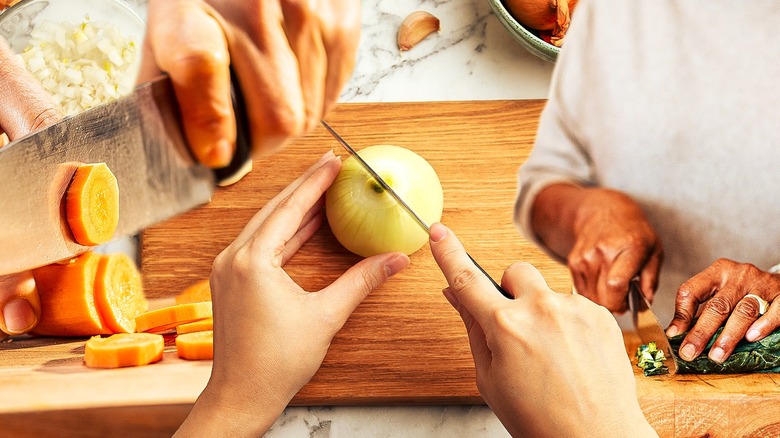Wooden cutting boards are a staple in many kitchens around the world. They offer a durable and aesthetic surface that can last for years when properly maintained. In this article, we will delve into how to cure a wooden cutting board effectively and why it is crucial for your kitchen hygiene and the longevity of your cutting board.

Understanding the Importance of Curing Your Wooden Cutting Board
Curing a wooden cutting board is essential for protecting it from damage and preventing bacterial growth. A properly cured board will be more resistant to moisture and will stay in good condition for a long time.
What Is Curing?
Curing involves applying a protective layer of oil or wax that soaks into the wood, sealing its pores. This process helps to keep the board from drying out, cracking, and warping. It also prevents food particles from penetrating the wood and causing bacterial contamination.
Why Should You Cure Your Cutting Board?
Without curing, your cutting board is more susceptible to wear and tear. Additionally, an uncured board can harbor harmful bacteria, posing a health risk. Regular curing enhances the boards durability and ensures that it remains safe to use in food preparation.

Choosing the Right Oil for Curing
Not all oils are suitable for curing wooden cutting boards. Its important to choose an oil that is food-safe and doesnt go rancid over time.
Recommended Oils
- Mineral Oil
- Beeswax
- Carnauba Wax
- Coconut Oil
Mineral oil is the most commonly used oil for curing. Its inexpensive, easily available, and safe for food contact. Beeswax and carnauba wax can be mixed with mineral oil for added protection. Coconut oil is also effective but may go rancid in high humidity.
Oils to Avoid
- Olive Oil
- Vegetable Oil
- Sunflower Oil
These oils can turn rancid and produce an unpleasant odor, making them unsuitable for curing wooden cutting boards.

The Curing Process Step-by-Step
Now, lets take a look at the step-by-step process of curing your wooden cutting board.
Step 1: Clean the Board
Before you start curing, make sure your cutting board is clean. Wash it with warm soapy water and dry it thoroughly. This ensures that no food particles or moisture are trapped in the wood.
Step 2: Apply the Oil
Pour a generous amount of your chosen oil onto a clean cloth. Rub the oil into the board in the direction of the wood grain. Make sure to cover all surfaces, including the edges.
Step 3: Let It Soak
Leave the board to soak up the oil for several hours or overnight. The wood will absorb the oil, creating a protective layer.
Step 4: Wipe Off Excess Oil
After the board has absorbed the oil, wipe off any excess using a clean, dry cloth. Your board should feel smooth and not greasy.
Regular Maintenance Tips
Curing your cutting board isnt a one-time task. Regular maintenance is key to keeping your board in top condition.
Cleaning After Each Use
Always clean your cutting board after each use. Avoid placing it in the dishwasher, as the high heat and water can damage the wood.
Monthly Curing
For best results, cure your cutting board once a month. This will keep the wood hydrated and protected.
Other Important Considerations
Lifestyle and frequency of use will also determine how often you need to cure your cutting board.
Heavy Usage
If you use your cutting board daily, consider curing it more frequently, such as every two weeks.
Occasional Usage
For boards used infrequently, curing every two to three months should suffice.
When to Replace Your Wooden Cutting Board
Despite regular maintenance, there will come a time when you need to replace your cutting board.
Visible Cracks and Splits
If your board has deep cracks or splits, its time for a new one. These can harbor bacteria and are difficult to clean thoroughly.
Persistent Odors
If your cutting board retains strong odors despite regular cleaning, its best to replace it to ensure food safety.
Alternatives to Wooden Cutting Boards
While wooden cutting boards are popular, there are other materials to consider.
Bamboo Cutting Boards
Bamboo is a sustainable and durable alternative. Its less porous than wood, making it more resistant to bacteria.
Plastic Cutting Boards
Plastic boards are dishwasher safe and come in various colors, making them easy to designate for different types of food.
Conclusion
In conclusion, curing and maintaining your wooden cutting board is essential for its longevity and your kitchens hygiene. By following the steps outlined in this article, you can ensure that your cutting board remains a reliable and safe tool in your kitchen.
FAQs
How often should I cure my wooden cutting board?
Its recommended to cure your cutting board once a month for optimal results.
Can I use olive oil to cure my cutting board?
No, olive oil can turn rancid and should be avoided.
What are the signs that I need to replace my cutting board?
Visible cracks, splits, and persistent odors are indicators that its time to replace your cutting board.
For more information on cleaning and sanitizing your cutting board, visit this link.
As an Amazon Associate, I earn from qualifying purchases.


